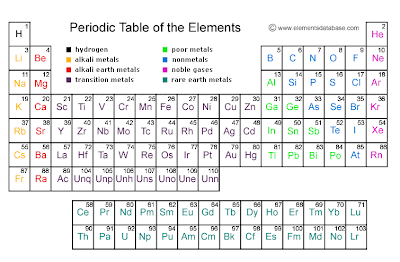#9-27, 33, 35 (p.82)
9. 55gx5= 275g
10. .015mg= 15g/l
11. Water molecules are polar because hydrogen has a positive charge while oxygen has a negative charge. Therefor, the molecule is positive on one end and negative on the other end.
12. See model:
13. a. the oxygen end b. the hydrogen end
14. Heavy metals are called metals because their atoms have greater masses than those of essential metallic elements.
15. Three symptoms of heavy metal poisoning are numbness, staggered walk, tunnel vision, and brain damage.
16. Two possible sources of human exposure to led are cooking vessels and paint. Two possible human exposures to mercury are by thermometers and fluorescent light bulbs.
17. Hydrogen is in many base ions.
18. Hydrogen is used in many acids.
19. a. seawater: basic, b. drain cleaner: basic, c. vinegar: acid, d. pure water: chemically neutral
20. a. Soft drinks, b. black coffee, c. milk of magnesia
21. two times more acidic
22. Three negative effects of inappropriate pH levels on aquatic organisms are impaired fish egg development, increased concentration of metal ions, and dissolved organic materials.
23. Polar molecules are molecules that have a negative charge on one end and a positive charge on the other end. Non polar molecules only have one charge. In addition, polar molecules have a V shape.
24. I would select lamp oil because it is also non polar.
25. This is because it is polar.
26. This means that polar substances dissolve in polar substances while non polar substances dissolve in non polar substances.
27. This is because the oil will not dissolve in water.
33. a. there are most likely non polar substances in the cleaner b. they are more effective because the oil will dissolve in the non polar cleaner and will remove the oil.
35. Hydrogen would have the positive charge because fluorine has a negative charge and it would need to bond together.























